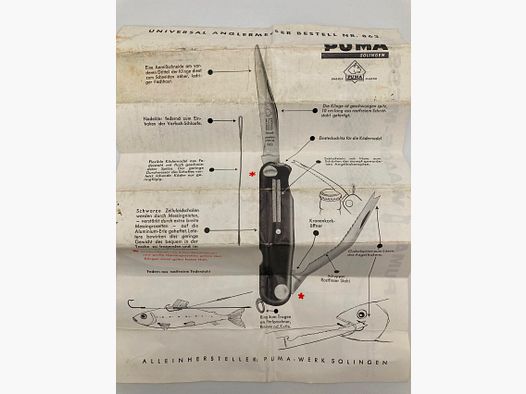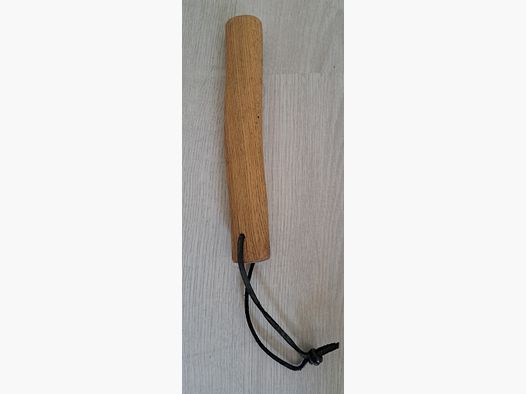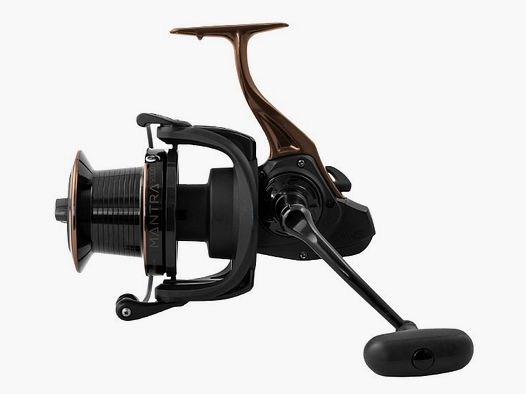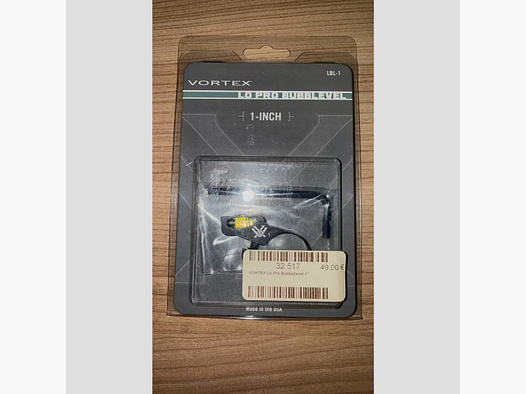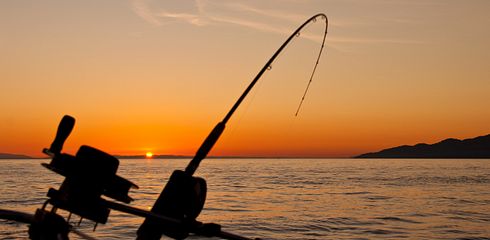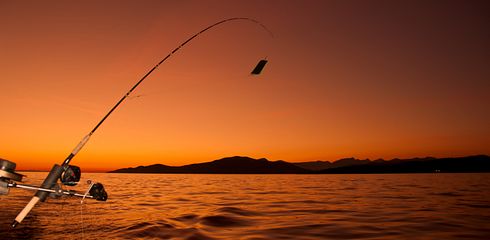Sustainable fishing, particularly the practice of catch and release, is gaining increasing importance in the angler community. This method, where caught fish are released back into the water after weighing and measuring, plays a crucial role in protecting fish stocks and the ecological balance of water bodies. In this detailed article, we will explore the various aspects of "catch and release" and highlight the benefits of this sustainable fishing practice.
1. The Importance of Sustainable Fishing
The world's oceans and inland waters are under constant pressure from overfishing, pollution, and climate change. Anglers play a key role in preserving these ecosystems, and sustainable practices like "catch and release" help maintain the balance. The idea is simple, but its impacts are profound: instead of keeping every caught fish, a portion or even the entire catch is released back into the water.
2. The Benefits of "Catch and Release" for Fish Stocks
Sustainable fishing brings a variety of benefits, starting with the preservation of fish stocks. By releasing fish that have not yet reached maximum reproductive maturity, they have the chance to spawn and contribute to the next generation. This not only promotes genetic diversity but also increases the chances for a robust population.
3. The Ecological Impacts of "Catch and Release"
In addition to the benefits for fish stocks, sustainable fishing also has positive ecological impacts. Fish species are in complex relationships with each other and their environment. By releasing certain fish, anglers do not disrupt these relationships, and the natural balance in the water remains intact. Predatory fish, for example, regulate the populations of their prey fish, and the "catch and release" concept supports this natural regulation.
4. The Role of Anglers in Environmental Conservation
Anglers are not only part of the problem but also a crucial part of the solution. By consciously choosing sustainable practices, anglers actively contribute to the protection of the waters that are so important to their passion. Awareness of the environmental impacts of one's actions is a first step, followed by implementing concrete measures to preserve the health of the waters.
5. The Ethical Dimension of "Catch and Release"
In addition to the ecological aspects, ethics play a central role in the practice of "catch and release." Anglers who choose this method show respect for nature and the living beings they catch. They recognize that the enjoyment of fishing does not have to come at the expense of the environment and that respectful handling of resources is a commitment that is increasingly gaining importance in the angler community.
6. Challenges and Misunderstandings
Despite the clear benefits, there are also challenges and misunderstandings associated with "catch and release." Some critics argue that the survival rate of released fish is not always high, especially if they have been mishandled. It is crucial for anglers to be aware of how they handle caught fish to maximize their chances of survival.
Conclusion: Sustainable Fishing as a Commitment and Privilege
"Catch and release" is not just a practice but a commitment that every angler should consider. It not only benefits fish stocks and the environment but also creates a deeper connection between anglers and nature. The responsibility for our waters lies in the hands of those who appreciate their beauty and treasures the most. "Catch and release" is not just a method of fishing but also a privilege that should be valued and protected. May every catch and every release symbolize a connection to a more sustainable and respectful relationship with our environment.




